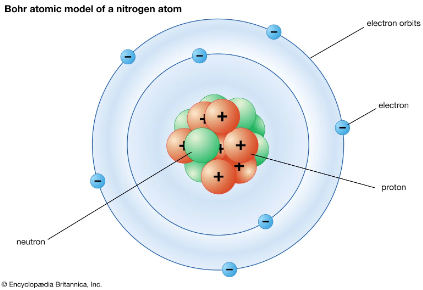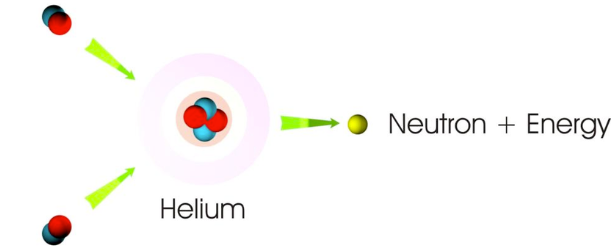Introduction
Have you ever wondered how stars make their light and energy? It’s honestly something that we just take for granted, but the answer to this question is actually fascinating and will be the topic of this article.
Atoms
To begin, we’ll need to talk about atoms and elements. Atoms are the building blocks of all matter and are extremely small. An atom consists of a central nucleus as well as a shell of negatively charged electrons. The nucleus contains positively charged protons and neutral neutrons. Elements are defined by the number of protons they have: hydrogen has one proton, helium has two, and so on. The number of protons an element has is called its atomic number. Generally, atoms are neutral (have zero net charge), so the number of electrons will be equal to the number of protons and thus the atomic number. However, atoms can gain or lose electrons, in which case they become ions.

Basic Chemistry
Ok, so now that we understand atoms and elements, let’s think about how elements and compounds (two or more elements together) interact with each other. The discipline of chemistry is quite vast, but I’ll keep it simple here. A chemical reaction describes how two or more initial reactants (can be elements, compounds, etc) combine to form products. Again, this definition is oversimplified and in reality, there are many, many types of reactions. But we only need to know that when elements or compounds combine, they make new elements/compounds.
Nuclear Fusion in Stars
Now we arrive at the answer to our initial question. Remember that in our article about stars, we talked about how stars form from nebulae, which are regions of dust and gas. But what type of gas, you might ask? Well, it’s mostly hydrogen, the simplest element. As the nebula gets bigger and its gravity gets stronger, the pressure increases at the center until it’s so great that individual hydrogen atoms are smashed together to form helium atoms. It turns out that two atoms being smashed together releases a LOT of energy. This process is called nuclear fusion, and it powers stars.

The simplest type of nuclear fusion reaction is four hydrogen atoms combining to form a helium atom, which releases a lot of energy. This reaction happens in the Sun’s core. Other, more massive stars fuse different elements together, but the end result is still a lot of energy.
This process of nuclear fusion continues until a star runs out of hydrogen, its fuel. At that point, the star has different possible futures depending on its mass: it could become a white dwarf, go supernova and become a neutron star, or go supernova and become a black hole.
Fission vs Fusion
You may have heard of nuclear fission before. Fission and fusion sound very similar yet are very different. In nuclear fission, an atom is split to release a lot of energy, while in nuclear fusion, atoms are combined to release a lot of energy. Nuclear fission is what powers most nuclear power plants across the world and even the atomic bombs.
Nuclear fusion is trickier because it releases a lot more energy, is much more dangerous, and it’s hard to create a controlled and contained nuclear fusion reaction. However, a lot of research is going into safe ways of harnessing nuclear fusion since it could give us a lot of energy. Who knows, maybe at the time you’re reading this, nuclear fusion is already being widely used! That would truly be amazing!
That’s it for this article. Hope you enjoyed!
Comments